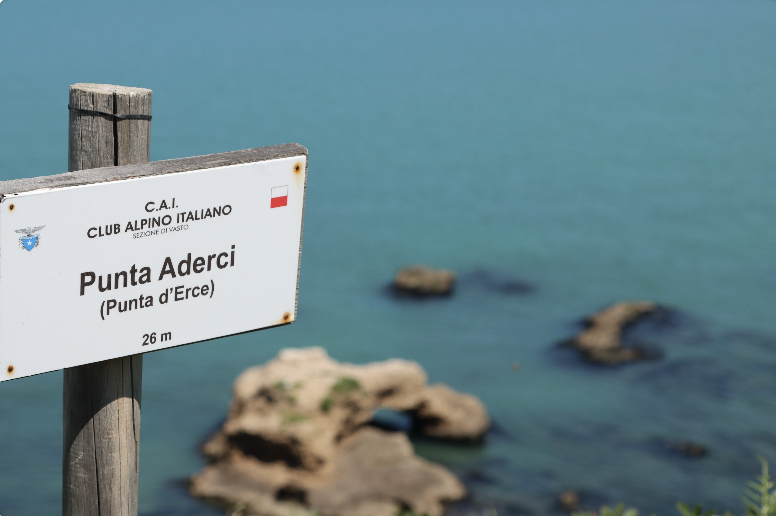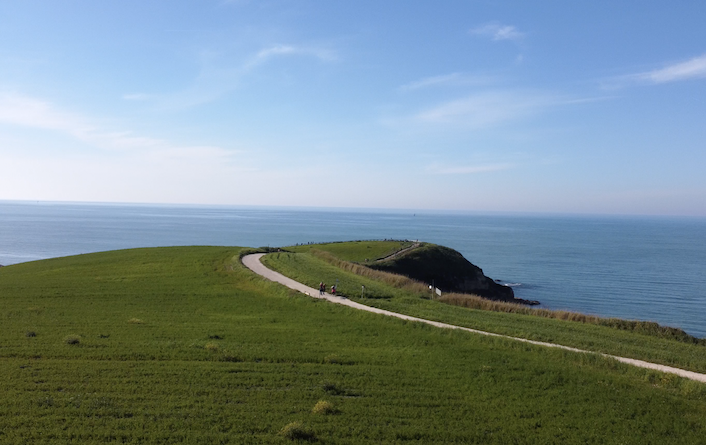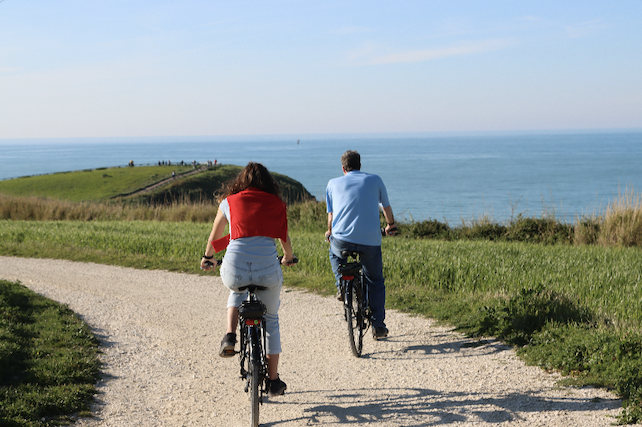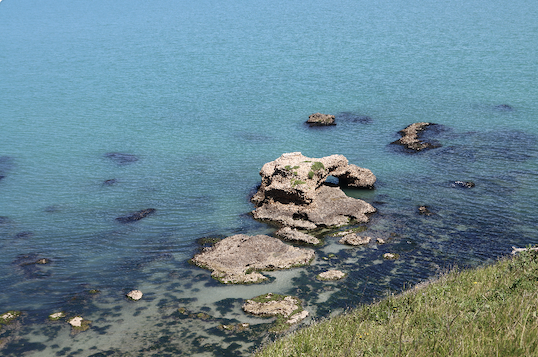Punta Aderci regional park
The incredible beauty of the largest promontory between Conero and Gargano
Punta Aderci is an enchanting place. In the truest sense of the word. Approaching the promontory on the dirt road that connects it to the industrial area of Punta Penna, or from the one that comes from Mottagrossa, allows you to admire the promontory jutting out against the sea in a completely wild setting that evokes very different latitudes.
The colors at Punta Aderci change with the seasons. From the deep brown of the earth turned over by plows after winter, to the vibrant yellow of broom blossoms, and the green of early summer. The contrast with the blue of the sea is always fascinating, especially on windy days when the Adriatic becomes a palette ranging from the delicate blue of sandy shores to the deep blue of the open sea.
Today, Punta Aderci, besides being the highest promontory between Conero and Gargano, is certainly the most beautiful and unspoiled natural site on the Italian side of the central Adriatic. From its 36 meters above sea level, the view extends for dozens of kilometers along the Costa dei Trabocchi, while the grand massifs of Maiella and Gran Sasso loom impressively inland.
At the base of the rocky ridge, easily accessible from the small beach north of the promontory, there are caves and coves. Above the rocks extending into the sea, there is a characteristic Trabocco, a traditional wooden fishing platform.
The name Punta Aderci originally, and still in the local dialect of Vasto, was “Punta d’Erce,” as this place was anciently dedicated to Herkle, or the Hercules of the Italic populations, particularly the Frentani, who inhabited these areas before the Romans. Remains have been found on the promontory from the Bronze Age (1,500 BC) until the 6th century AD. Moreover, on its slopes, near the natural harbor provided by the beach located north of the Punta, there are still visible granaries dating back to around the year 1000, evidence of the presence of a small commercial port.
The inability to defend the site and the turbulent history from the Kingdom of Naples led to its abandonment by the local populations, who concentrated further south in the Vasto area. The development of the industrial port in the post-war period kept tourism activity away, but also prevented real estate speculation, preserving this wonderful natural beauty for us today.





